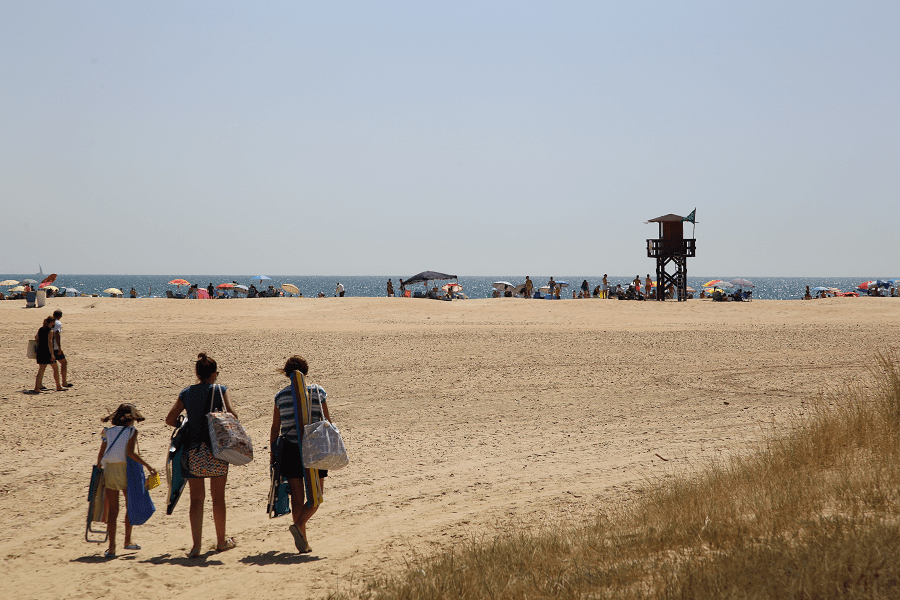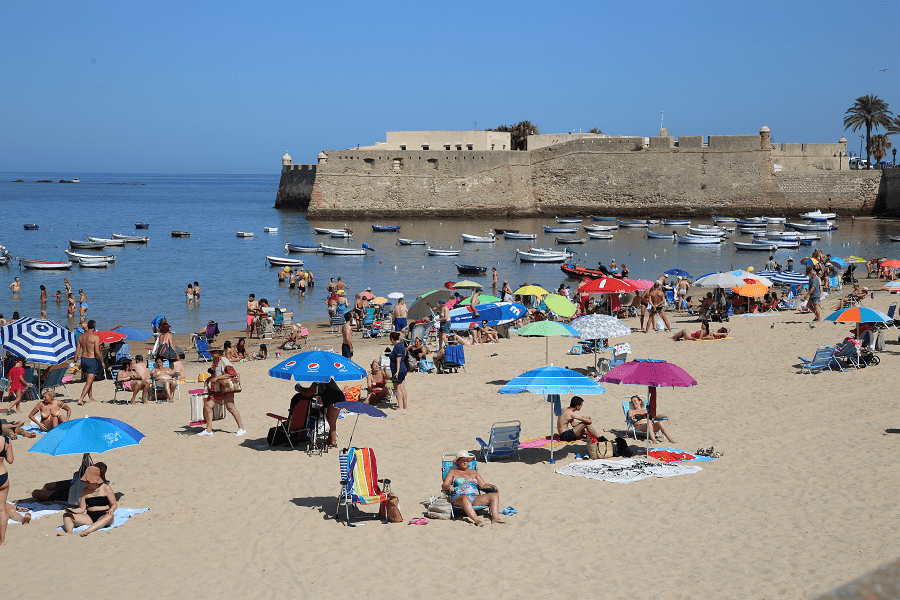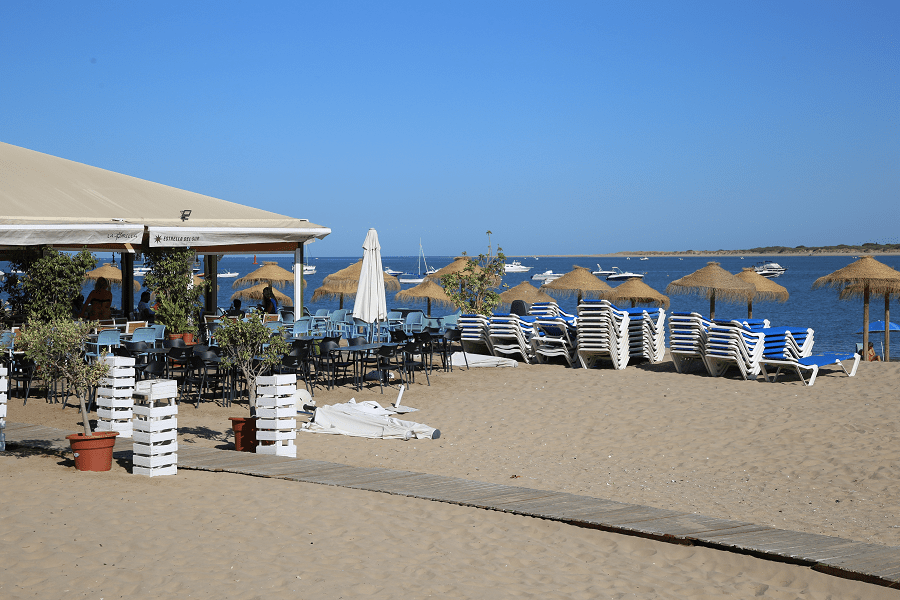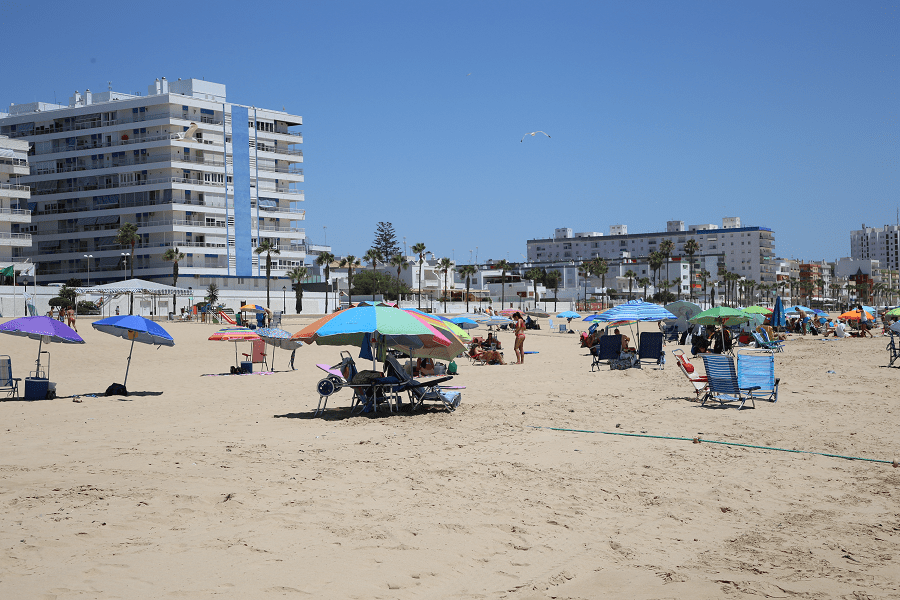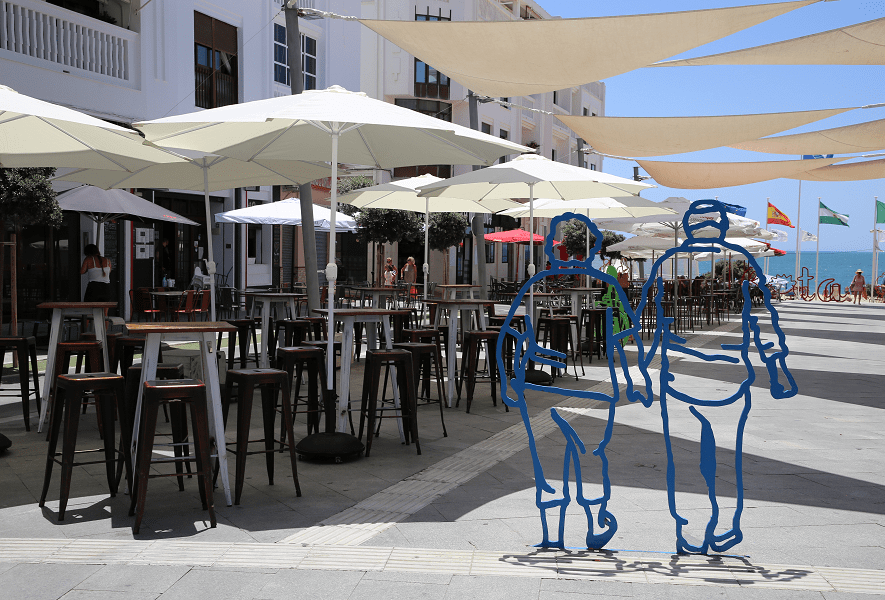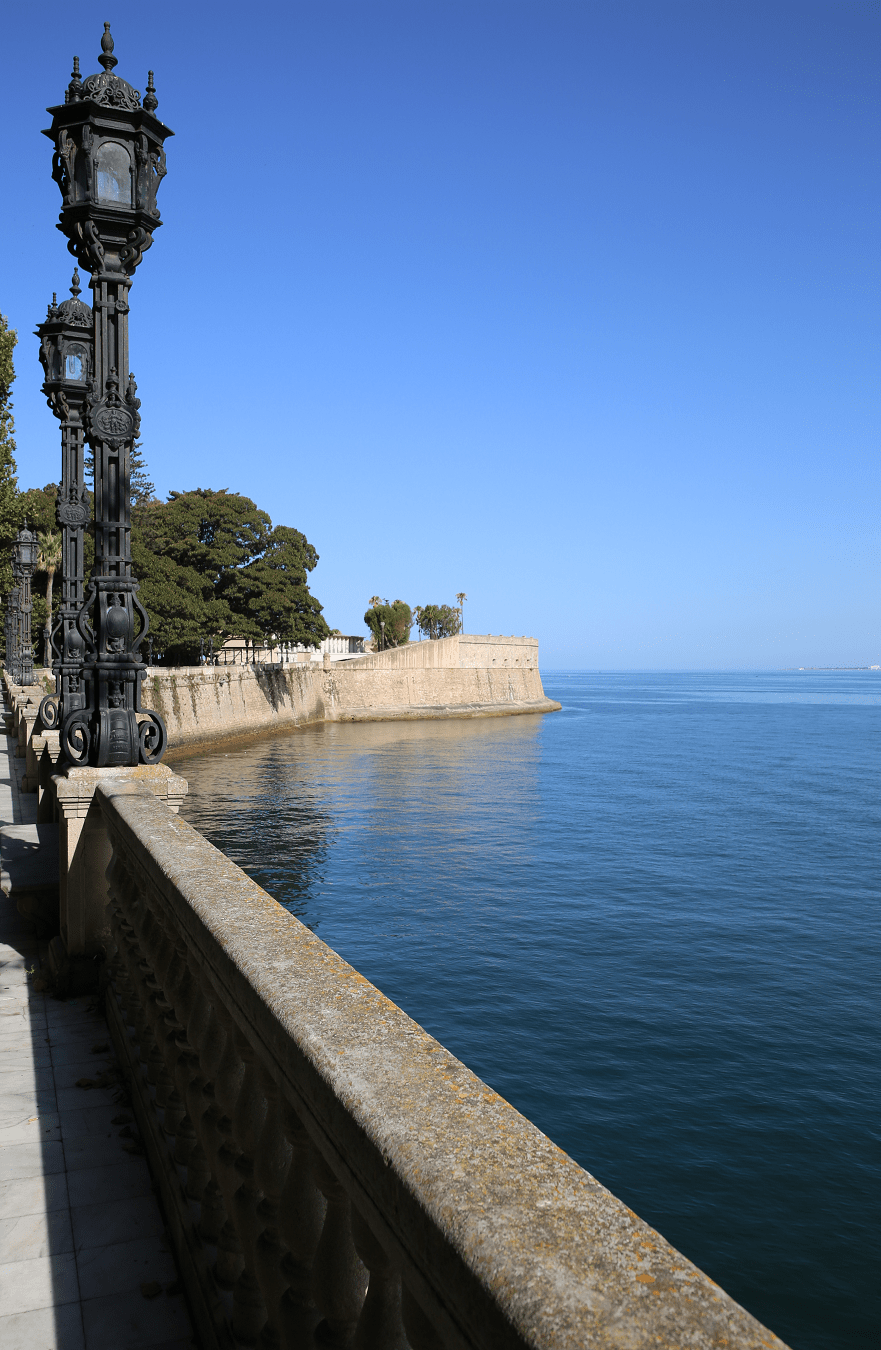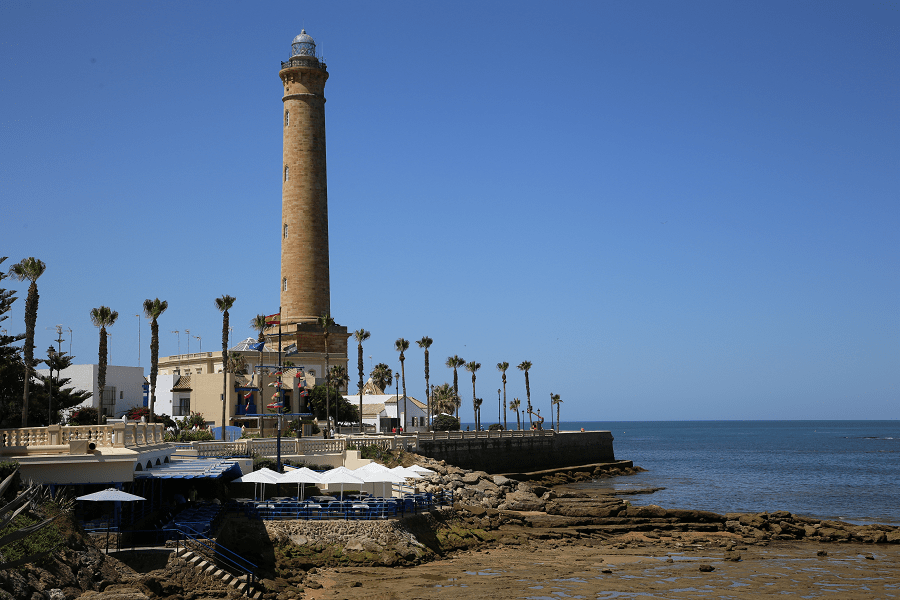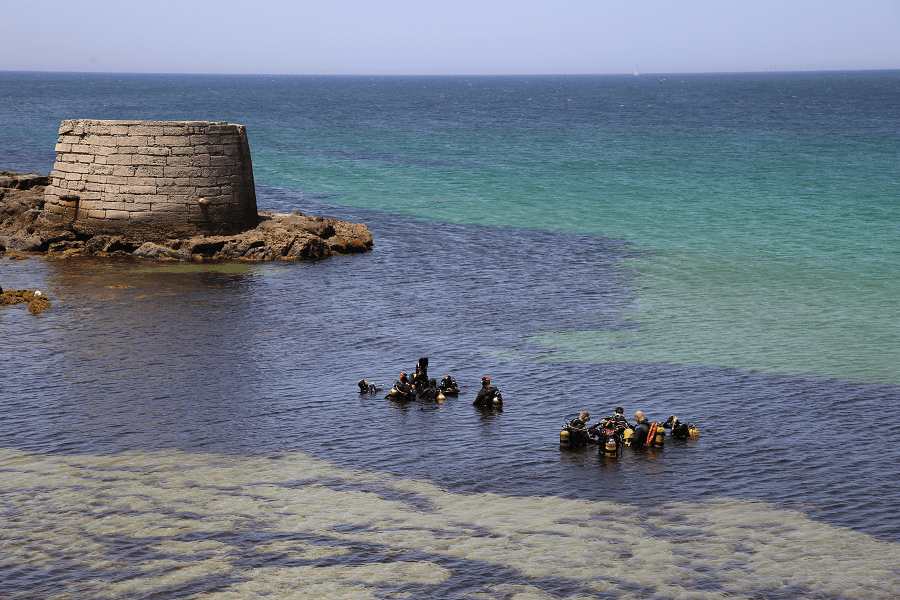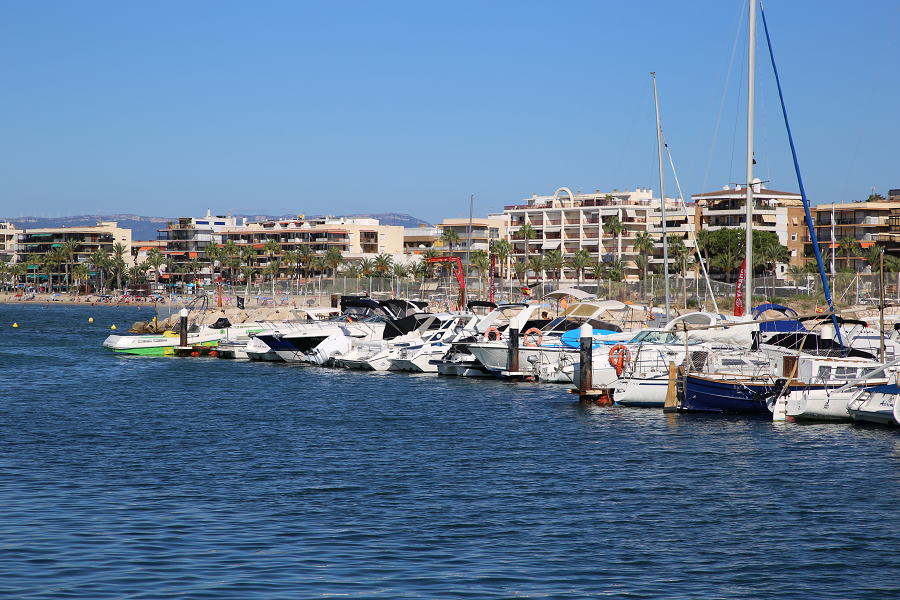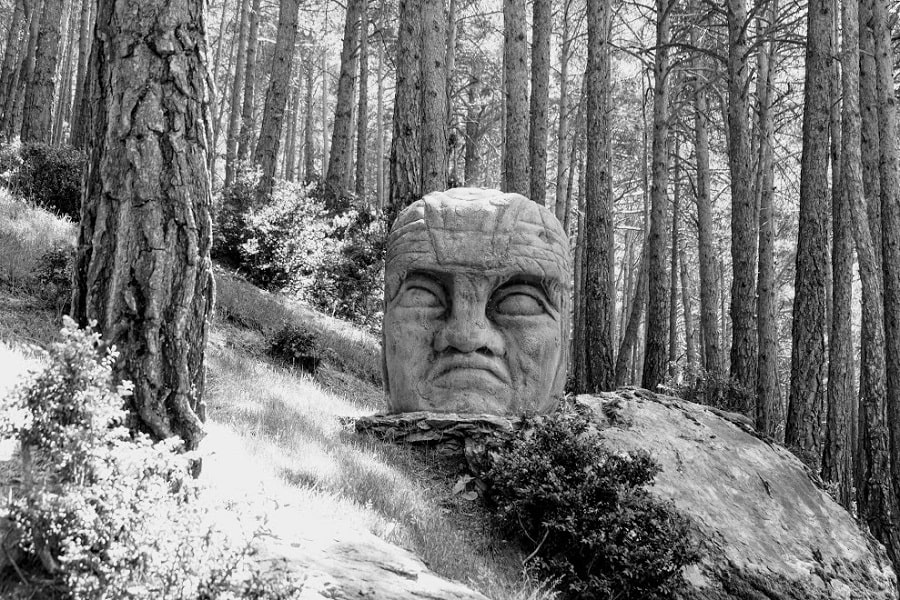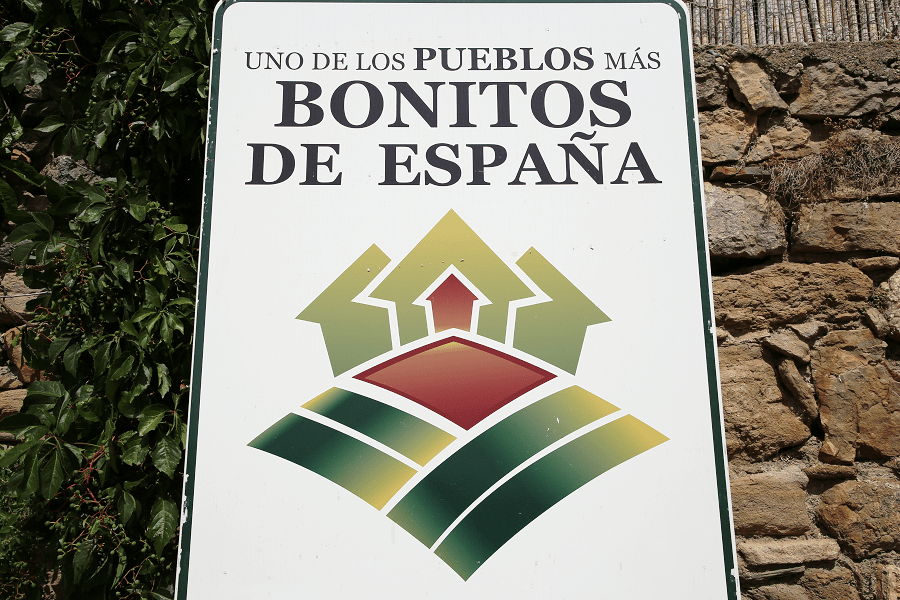The Costa de la Luz (“Coast of Light”) is a section of the coast in Spain facing the Atlantic ocean, Andalusia. It extends from Tarifa in the south, along the coasts of the Province of Cádiz and the Province of Huelva, to the mouth of the Guadiana River.
It is a popular part of the Atlantic resorts of Spain.
National tourism stands out and it is also a destination for foreigners, mainly French, English and Germans. The urban growth of some areas of the coastline has left economic benefits, but also episodes of speculation and environmental aggressions.
It has a fairly relevant tourist offer of hotel and leisure beds, both sun and beach, rural, gastronomic and cultural, golf courses, water parks and marinas.
It is worth mentioning that of the Cadiz municipalities that make up the Bay of Algeciras; Algeciras, San Roque and La Línea de la Concepción, have their coastline on the Costa del Sol.
The towns and their municipalities that make up the Costa de la Luz in the province of Huelva are: Ayamonte, Isla Canela, Punta del Moral, Isla Cristina, Casita Azul, Urbasur, Islantilla, Lepe, La Antilla, Cartaya, El Rompido, Nuevo Portil , El Portil, Punta Umbría, Mazagón, Palos de la Frontera, Moguer, Huelva, Almonte, Matalascañas and the coast of Coto de Doñana, the latter without tourist activity, and in the province of Cádiz: Sanlúcar de Barrameda, Chipiona, urbanization Costa Ballena, Rota, El Puerto de Santa María, San Fernando, Cádiz, Chiclana de la Frontera and its urbanization of Novo Sancti Petri, Conil de la Frontera, Los Caños de Meca, Barbate, Zahara de los Atunes, Vejer de la Frontera and Tarifa.
The Costa de la Luz has a rich history dating back to the 12th century BC. Cultural attractions include Baelo Claudia, the well-preserved ruins of a small Roman town; Cape Trafalgar, where, in 1805, within sight of this promontory, the English admiral, Horacio Nelson, defeated a combined French and Spanish fleet; and the Monastery of La Rábida.
Throughout the 20th century, the Costa de la Luz has evolved from an agricultural place to open to the world through mass tourism since the 1960s, consolidating a remarkable economic and urban development.
The importance of its protected natural areas stands out: Doñana, Cádiz bay, cliffs and marshes of Barbate, del Tinto and Odiel, marshes of the Piedras and Flecha del Rompido river, El Portil lagoon, Isla Cristina marshes, etc. as important destinations for cultural tourism, such as Baelo Claudia, Cape Trafalgar or the Colombian places such as the monastery of La Rábida, Palos de la Frontera and Moguer.
The Costa de la Luz is especially known for the beauty of its protected nature reserves and a series of first-rate natural attractions. Among them are: the Doñana National Park, where endangered species, such as the Iberian imperial eagle and the Iberian lynx, can be seen occasionally; the picturesque bay of Cádiz; the steep coasts of the southern section of the Andalusian coast; the marshes of Barbate and the coastal cliffs of La Breña (both within the natural park of La Breña and Marismas de Barbate); and the extensive wetlands at the mouths of the Tinto and Odiel rivers, where waterfowl abound and, in season, other migratory birds, including storks and flamingos.
The beaches of the Costa de la Luz are usually made up of endless dunes made up of fine sandy areas and native plants, sometimes escorted by pine forests. The predominant elements are golden sand and a visible sun almost every hour of the day, in all seasons. The name is given by a very vivid light that highlights the neatness of the streets, the whitewash of the walls, the gold of the dunes and the reflection of the sea.
Aside from the beaches and the sunshine, there are ample opportunities and facilities for leisure activities, like fine dining, golf, kitesurfing, boating, and other water sports.
Nearest international airports are in Seville and Jerez de la Frontera.
Main resorts are (from west to east):
Ayamonte and Isla Canela beach – the westernmost resort on Costa de la Luz
Sanlúcar de Barrameda is internationally renowned for beach horse racing
Chipiona and its tallest lighthouse in Spain
El Puerto de Santa María – the City of a Hundred Palaces
Cádiz and its Victoria Beach – best urban beach in Europe
Chiclana de la Frontera has the largest number of hotel beds in the Costa de la Luz
Conil de la Frontera and its beaches
Vejer de la Frontera and its historic center
Tarifa – where the Mediterranean Sea meets the Atlantic Ocean
How to get to?
The nearest international airports are in:
See here best sea and ocean resorts of France and Spain (223 objects)




